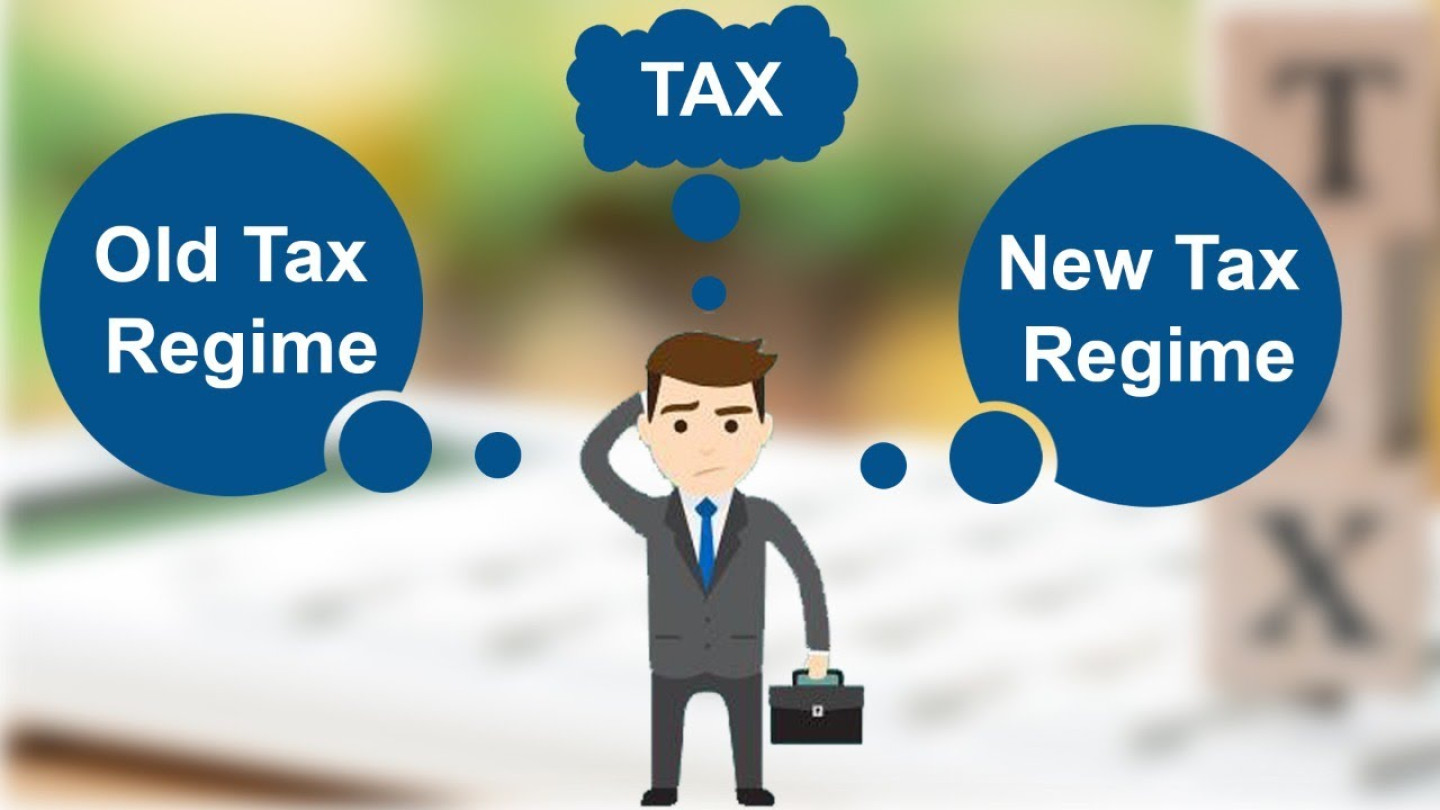All the salaried taxpayers need to fill out Form 12BB. It is supposed to be submitted at the beginning of every financial year by the employee to his/ her employer for the correct deduction of TDS. It discloses all their tax-saving investments of that particular financial year.
Steps to Fill Form 12BB
- Download Sample Form 12BB
You can download the sample Form 12BB from the Income Tax Department website. - Add Personal Details
This is the first section of Form 12BB, you need to mention your personal Details i.e, Add your Name, Address, and PAN details. Also, mention the current financial year i.e 2020-2021. - Add house rent allowance Details
If you are incurring any rental expenses for your work then that can be deducted under HRA. - Add LTA Details
Add details of LTA if any. - Enter Details regarding Interest on Loan for Borrowings
If you are paying any Interest on EMI of home loans in this particular Financial year it can avail you benefit up to 2,00,000 for self-occupied property and no limit on rented property. - Add Chapter VI-A Deductions
Add details of tax deductible investments and deductions under 80C, 80CCD (1B), 80D, 80DD, 80E, 80G etc.
It is important to do tax planning to save money on tax. Make sure you completed the below 3 steps to claim tax benefits
- Invest in section 80C investments, declare home loan principal repayment and collect Rent receipts.
- Declare the investment and submit documentary proof to the employer.
- Submit Form 12BB to the employer.
Step 3 is the most crucial step in claiming the tax benefits. Make sure you do not miss this step. Submit form 12BB to your employer and save on tax. Happy investing.
FAQs
When is Form 12BB submitted?
Usually, Form 12BB is submitted at the start of the financial year to estimate the TDS calculations accurately and adequately.
Do I need to submit my Form 12BB to the Income Tax Department?
No, your employer will submit the form on your behalf after computing the TDS.
Can my actual tax-saving investment be different from the declared?
As an investor, understandably so, your investment decisions can vary. Similarly, the actual tax investments can be different from your proposed plans. However, you should collect and have the actual evidence when applying for tax benefits.
Is it essential to keep documentary evidence for claiming tax benefits?
As stated in the above question, yes, you should have actual evidence to attach while applying for tax benefits and TDS to the employer, or your application wouldn’t be accepted.


